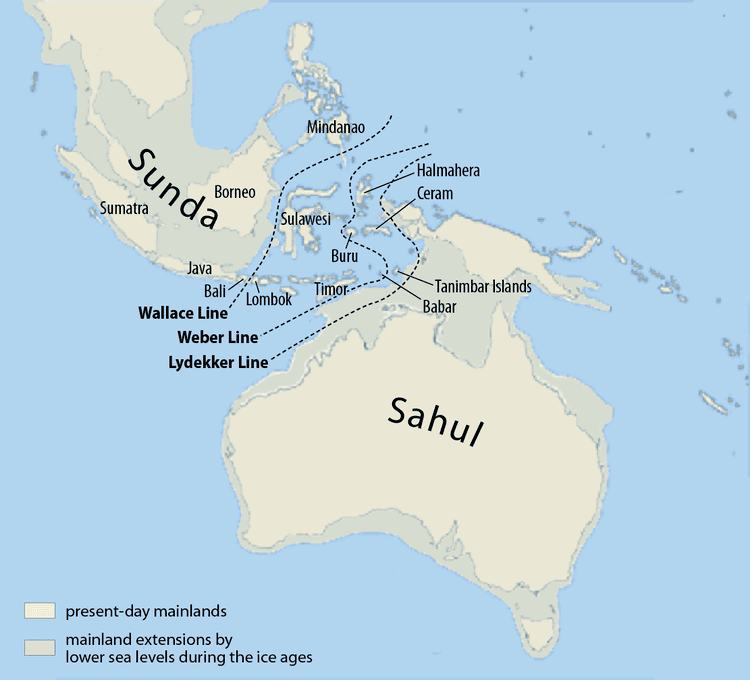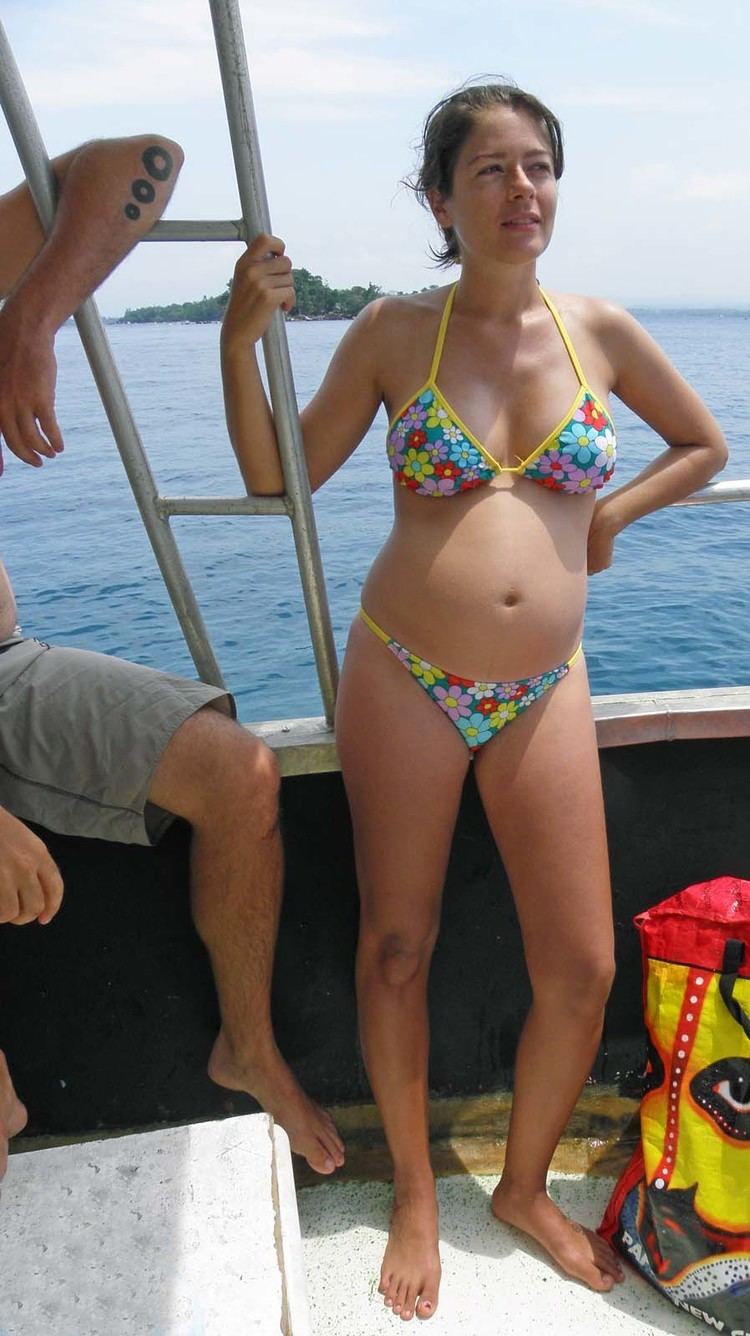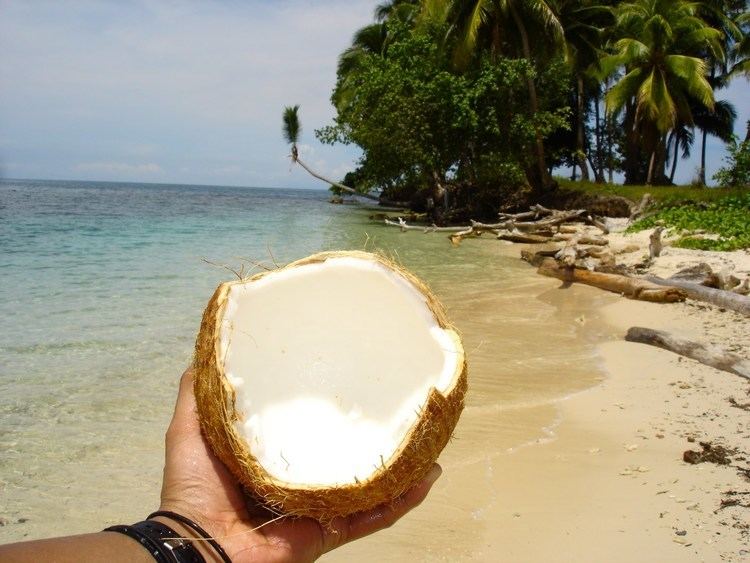Country Founded 1884 | District Madang District | |
 | ||
Colleges and Universities Divine Word University, Papua New Guinea Maritime College, Madang University Centre | ||
Map of Madang
Madang (old German name: Friedrich-Wilhelmshafen) is the capital of Madang Province and is a town with a population of 27,420 (in 2005) on the north coast of Papua New Guinea. It was first settled by the Germans in the 19th century.
Contents

Madang is the home of Divine Word University. The University accepts local and international students.

Bilbil village madang papua new guinea
History
Russian biologist Nicholai Miklukho-Maklai was probably the first European to visit the area. In 1871 he stayed at Astrolabe Bay just south of present-day Madang for 15 months. He had a good relationship with the local communities before leaving, suffering from malaria.
In 1884 the German New Guinea Company arrived and tried to establish a base at various locations including at present day Madang but were continually beaten by malaria. They eventually moved to Rabaul.
The Japanese invaded and captured Madang without a fight during World War II in 1942. In September 1943, Australian forces launched a sustained campaign to retake the Finisterre Range and Madang. The town was captured on April 24, 1944. During the occupation and fighting the town was virtually destroyed and had to be rebuilt afterwards.
NGO Presence in Madang
Madang is viewed by many in the country as being safer and more pleasant for expatriates than the larger cities of Lae and Port Moresby. Because of this, some NGOs have chosen Madang as the location of their main offices in country.
CUSO (a Canadian NGO) and VSO (a British NGO) both have their headquarters in Madang.
Save the Children, WWF, and World Vision are also present with branch offices in Madang.
As a consequence Madang has a larger number of expatriates working and living in the town than its small population would suggest.
Products
Industry and farming are growing constantly in importance, more for export to distant lands. There are the widespread coconut palm plantations on the coast and cardamum is grown on Madang.
The Kulili plantation is the second largest of Kar Kar Island's twelve plantations with its more than a thousand coconut palms and cocoa trees. 70% of the cocoa and 50% of the copra produced in Madang province comes from Kar Kar.
In Madang province 173 regional languages are spoken, some of them being extremely different from the others.
